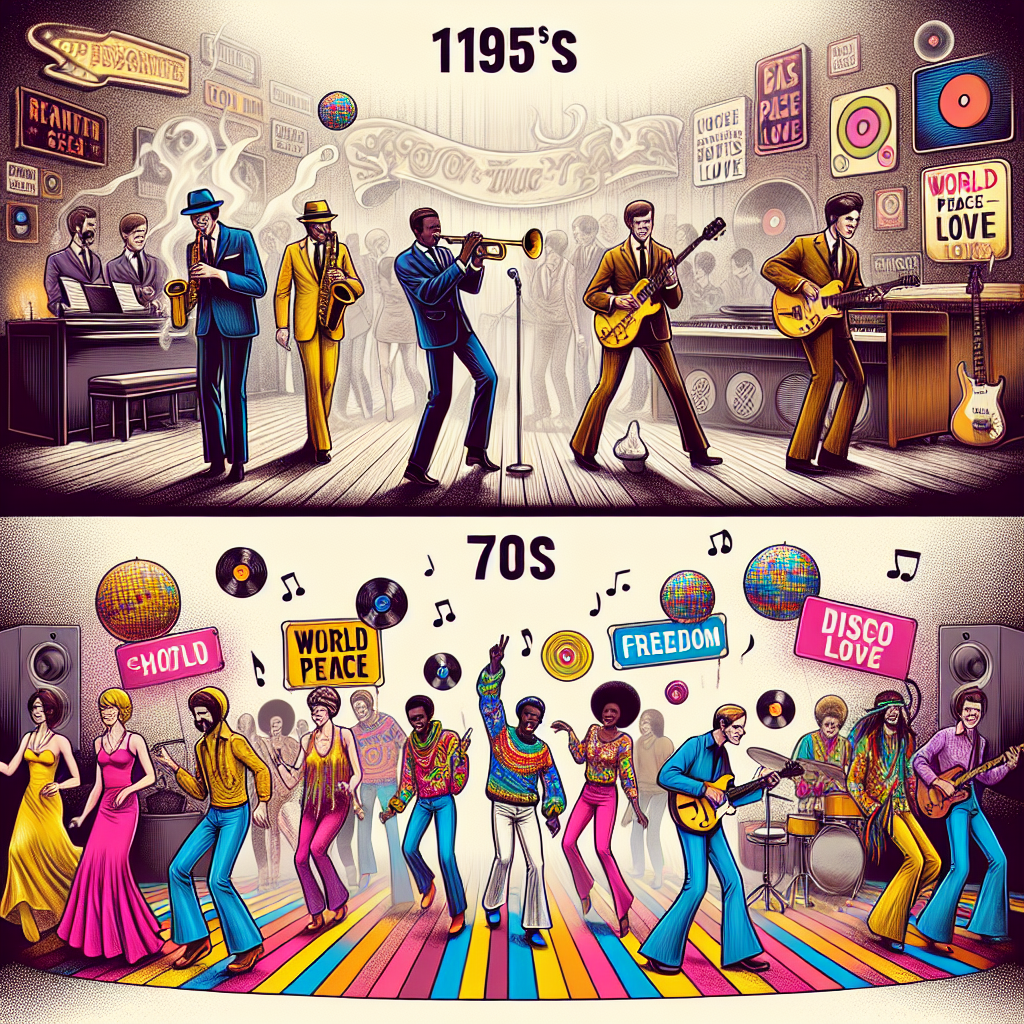Disco Fever: A Look at the Rise and Fall of Disco in the 70’s
When we think of the 1970s, one of the first things that comes to mind is disco music. This genre of music was not only a popular form of entertainment, but it also had a significant impact on culture, fashion, technology, and even politics during this time period. Let’s take a closer look at how disco rose to prominence in the 70s and eventually fell out of favor.
The Rise of Disco
Disco music emerged in the early 1970s as a fusion of funk, soul, and Latin rhythms. It quickly gained popularity in nightclubs and dance halls across the United States, with hits like “Stayin’ Alive” by the Bee Gees and “Dancing Queen” by ABBA dominating the airwaves. The infectious beats and catchy melodies of disco music made it impossible for people to resist hitting the dance floor.
The Impact on Culture
Disco culture was more than just about dancing to catchy tunes – it was a lifestyle. People embraced disco as a way to escape from their everyday lives and express themselves through music and fashion. Nightclubs became social hubs where people could come together to let loose and have fun. The popularity of disco even influenced movies like Saturday Night Fever, which brought the vibrant energy of disco culture to audiences around the world.
The Role of Politicians
Even politicians couldn’t ignore the influence of disco during this time period. In fact, some politicians saw an opportunity to connect with voters through this popular form of music. For example, former President Jimmy Carter famously hosted a White House event featuring disco artists like Gloria Gaynor and Chic. This move helped Carter appeal to younger voters who were drawn to the excitement and energy of disco culture.
Fashion Trends
One cannot talk about disco without mentioning its iconic fashion trends. From bell-bottom pants to platform shoes, disco fashion was all about making a statement on the dance floor. Sparkly outfits, bold colors, and flashy accessories were all staples of disco style. People embraced these trends as a way to show off their personality and stand out from the crowd.
Technological Advancements
Disco music also played a role in driving technological advancements during this time period. The rise of disco led to innovations in sound systems and lighting equipment that revolutionized the nightclub experience. DJs began using turntables and mixers to create seamless transitions between songs, while clubs installed elaborate lighting rigs that enhanced the atmosphere on the dance floor.
The Decline of Disco
Despite its initial popularity, disco eventually fell out of favor towards the end of the 1970s. Some critics argued that disco had become too commercialized and lost its authenticity as a result. Others pointed to changing musical tastes among audiences who were looking for something new and different.
However, despite its decline in mainstream popularity, disco never truly went away. Its influence can still be seen today in genres like house music and electronic dance music that have roots in disco’s infectious beats and groovy rhythms.
In conclusion, while disco may have had its ups and downs throughout history, there’s no denying its lasting impact on music, culture, fashion, technology – even politics! So next time you hear those familiar beats pumping through your speakers or see someone rocking a sparkly outfit on the dance floor – remember that you’re experiencing a piece of history that will never truly fade away.


Get involved!
Comments